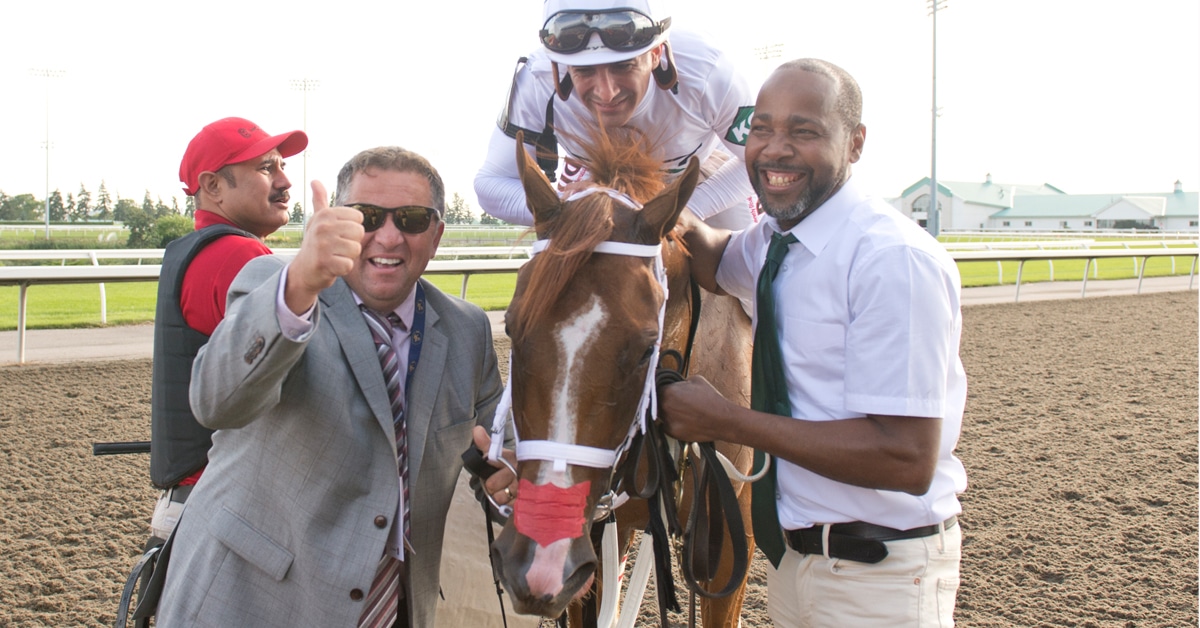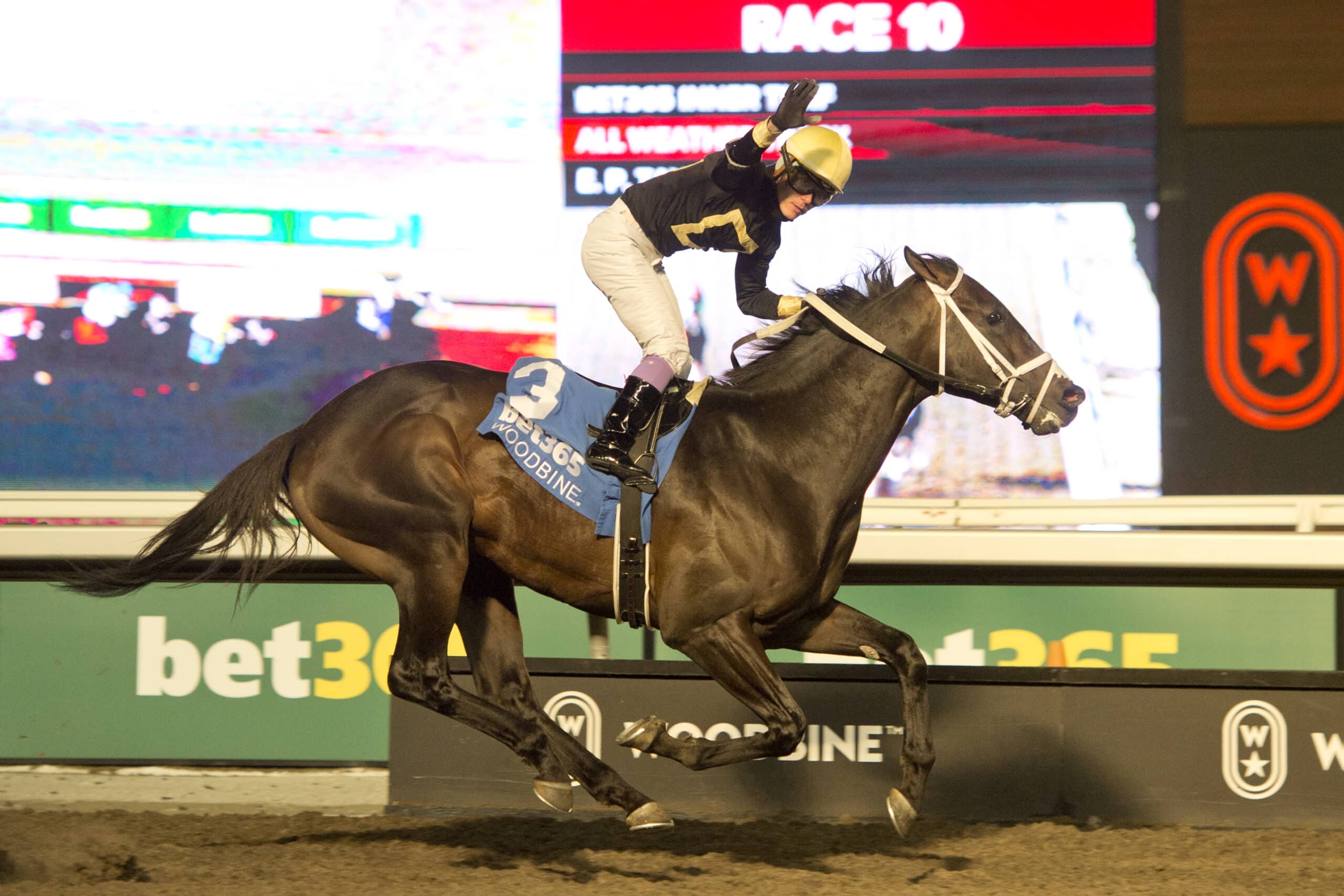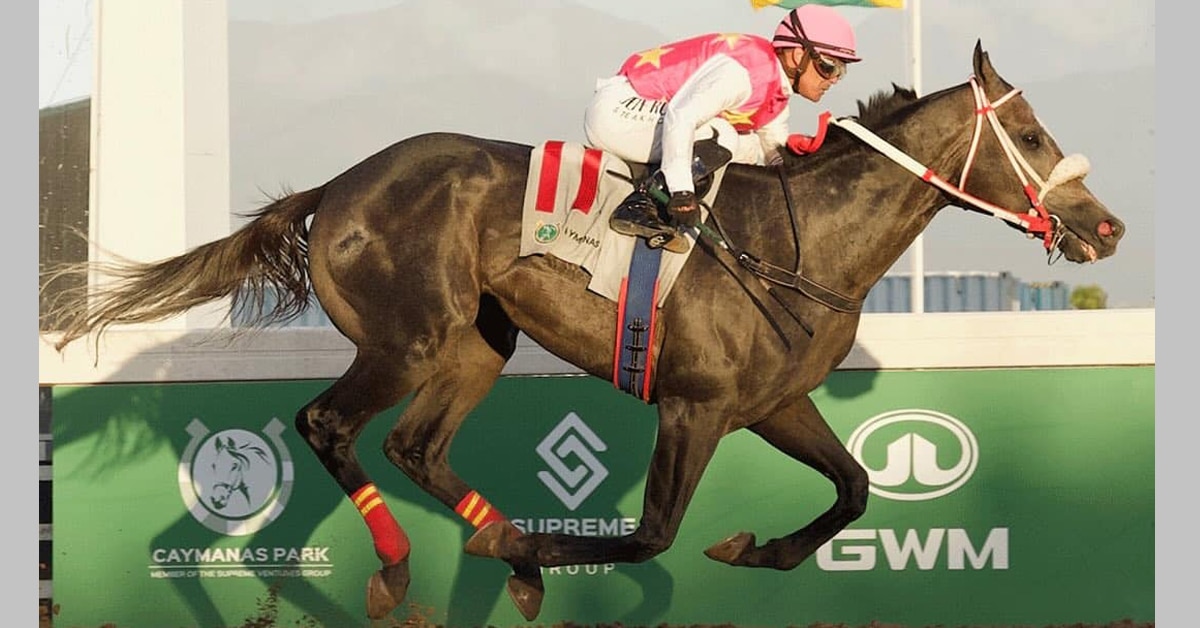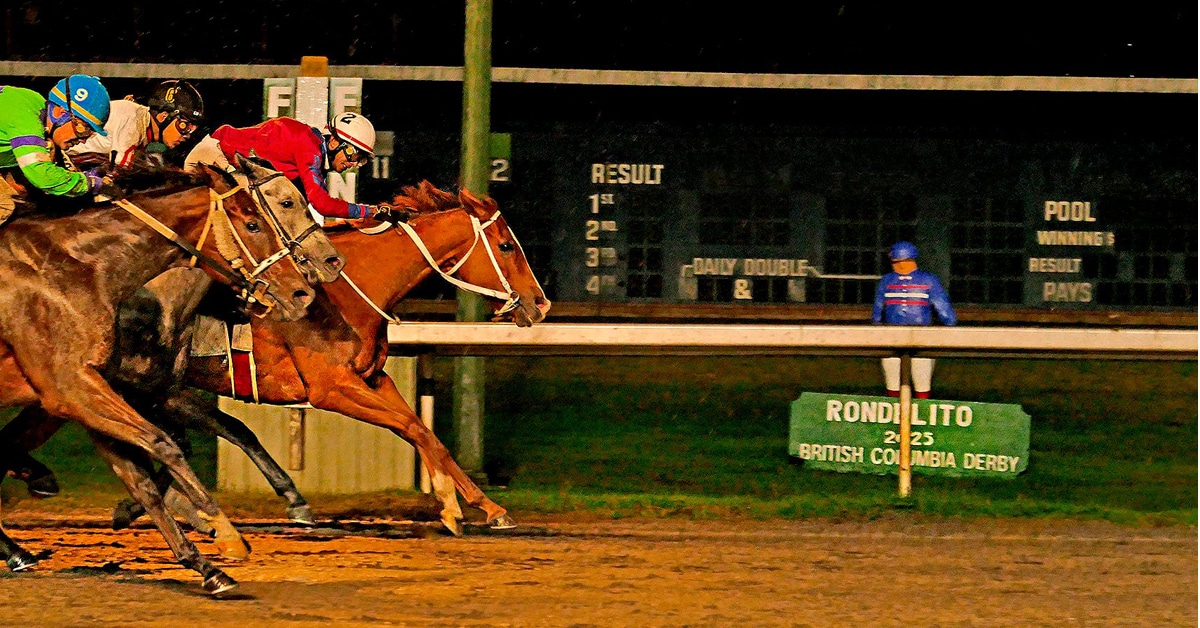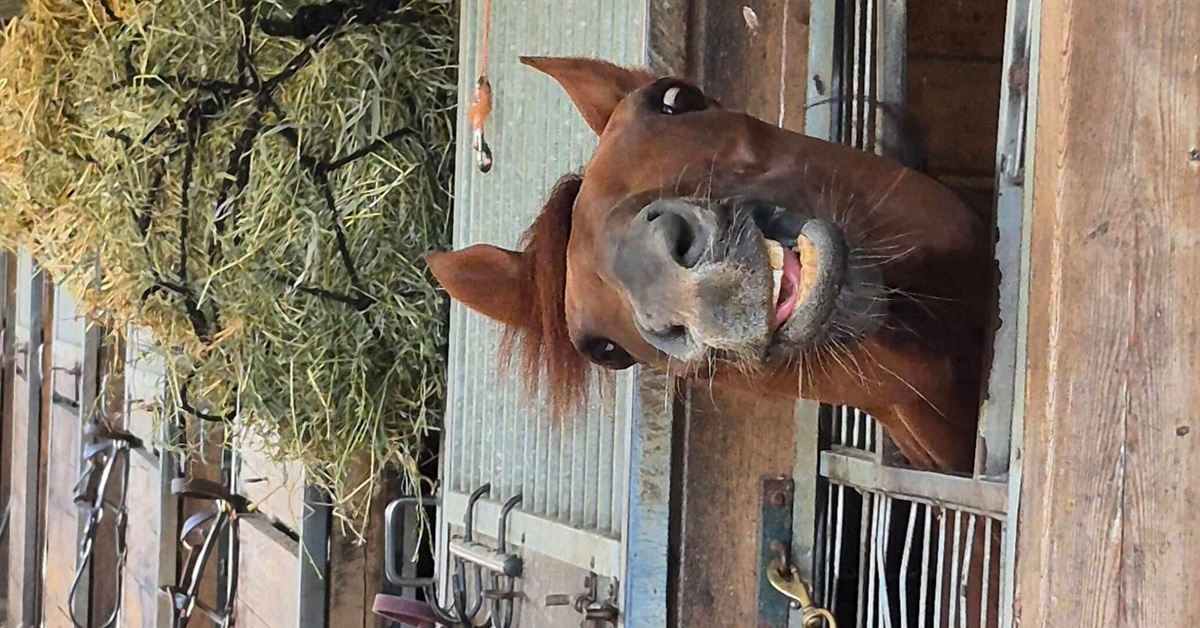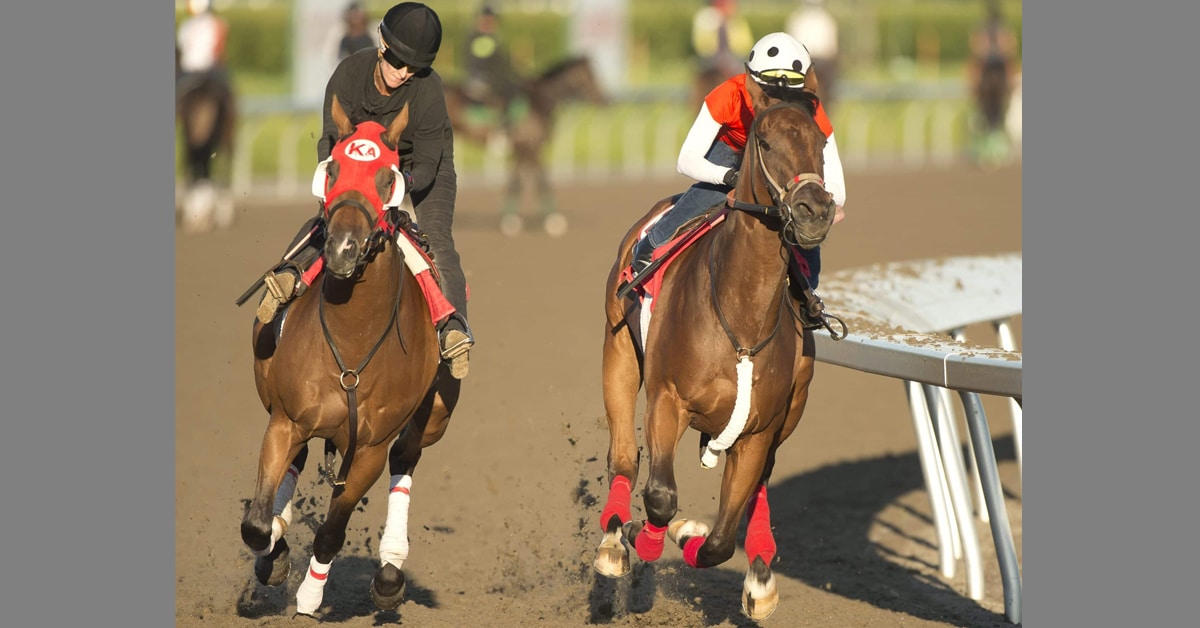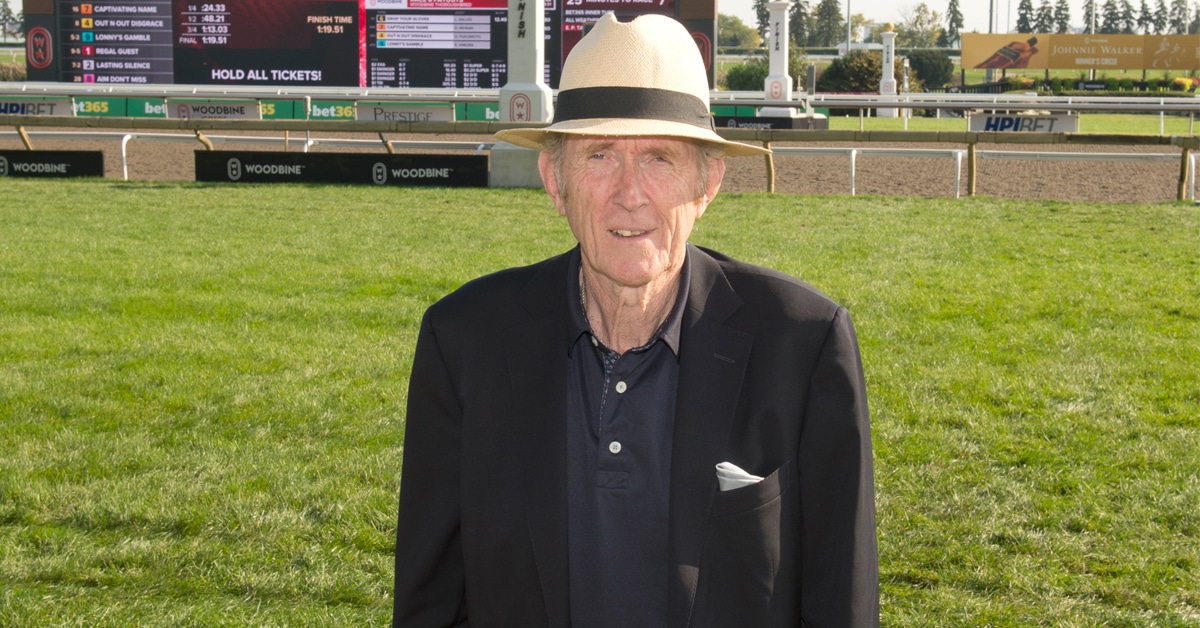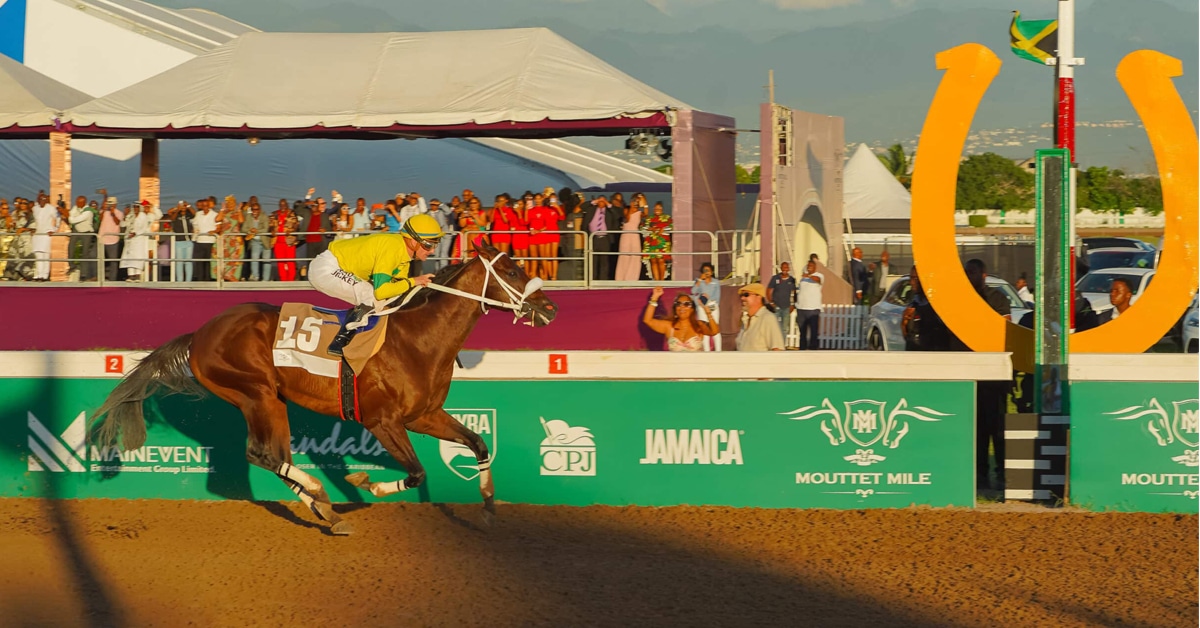There were many things that went wrong here in Tryon. The state of the facility’s readiness and overall lack of preparedness, a paucity of spectators, the re-start and then cancellation of endurance, the loss of two horses, numerous incidents and levels of “human error,” Hurricane Florence, the unseasonably high temperatures (82ºF is the average and we were into the 90s)…..
“We made a ton of mistakes,” admitted Mark Bellissimo. “If we ran the WEG again it would be unbelievable. We delivered something good. In three months it would have been great. In a year, it would be incomparable.” Mark suggested WEG is a “way too big and tough event” for any temporary venue, or in his language “a very difficult product to chase.” It’s no surprise it takes a significant investment. The declared operating budget was $30 million; that doesn’t include the $250 million invested in developing the TIEC and turning it into another “equestrian lifestyle destination” similar to the Palm Beach International Equestrian Center in Florida, but in a sparsely-populated area in the middle of nowhere. Mark reckons they are facing a $1 million loss potential on the Tryon WEG.

Mark Bellissimo talks to the Longines VP at the Jumping awards. (Allen MacMillan/MacMillan Photography)
Given the time frame, and minus Florence, I firmly believe that had Mark focused on providing only the infrastructure that was necessary for the running of a successful Games, this WEG might have stood a chance of being just that. I also understand what a logistical nightmare a WEG must be, but I blame the FEI for not having a plan B in case of natural disaster.
During the course of my two weeks on-site I talked to a lot of athletes from all disciplines. The majority of them lauded the facilities provided for the horses and expressed delight in being a part of the Games. Therefore I was rather surprised to read Eric Lamaze’s highly critical Facebook attack on the organizers.
I reserve judgment on some of his observations, mainly because my experience was not his. I did not suffer from substandard VIP treatment as I was slogging it out in the trenches with my fellow plebs. However, Eric’s most salient point, to my mind, should be noted. Not having evening performances was a big mistake from the point of view of spectator numbers and horse welfare.

A common sight before and after Florence.

The construction site .
There was a lack of atmosphere owing to the paucity of spectators. The stands filled out only on the final day, Sunday, a day off from work and school for most. Sharon Decker said they revised down their forecast for attendance back in the spring from half a million to 200,000. I would be very surprised if they achieved anything like that. Decker said Florence caused people to change or cancel their plans. News outlets warned of catastrophic flooding, roads were closed and the populous advised not travel to North Carolina. It was hard to counter that message, she said. That Polk County was spared from the devastation suffered in other parts of the state was almost irrelevant. “Sunday (the original day set for Eventing stadium jumping and Dressage Freestyle) would have been our largest gate and we missed it completely,” noted Decker. Anyway, ‘the team’s’ philosophy is that WEG was just a stepping stone in the grand plan. “We built this place to grow equestrian in the country and to encourage people to come and participate. We see WEG as just the beginning in many ways.”
I asked Michael Stone why they hadn’t scheduled evening classes. There were “multiple factors,” he replied. Number one, the main arena in Tryon is a temporary arrangement. “To put up temporary lighting is never effective. Plus we had to get the balance right for television. To have live TV here and at suitable times in Europe it was better to run the competitions during the day.”
So what’s more important, television or horse welfare?
“Horse welfare!” was the ardent response from FEI president Ingmar de Vos. “Horse welfare is precisely why we moved the dates of the World Equestrian Games from August to September.”

Apart from the main grandstand which provided shelter from the sun, there were many empty seats.
Secretary General Sabrina Ibanez chipped in that the reason the schedule had elite jumping horses performing in the middle of the afternoon was to ensure a level playing field for all riders. “We couldn’t be in a situation where we had shadows and what not in a stadium that did not have that (lighting) capacity.”
What to do with WEG?

Inside the Sheikh’s manse.
Ibanez confirmed that there were no actual bidders for the next WEG due to take place in 2022. “We do not have actual bids, but we do have interest from stakeholders in various countries.” But first things first. “We need to figure out what we are going to do with WEG. We were kind of surprised, to be honest, at the unanimous decision by all stakeholders to continue with the WEG format after Caen. We were even more surprised that we received three full bids after Canada pulled out (in 2016).”
During the 2014 WEG and in its aftermath the FEI carried out “a lot of studies and analysis” of the Games format. It was discussed at the General Assembly and Sports Forum and, according to de Vos, “the conclusion was that WEG is a fantastic product. In some ways we are the victim of our own success. The number of athletes and teams who can qualify and participate is growing all the time.”
Capacity and cost are just two aspects of the WEG that the FEI is evaluating.
“We will come up with an answer in November when the Bureau will take a decision. All options are open, but we need to consider a lot of paradigms,” de Vos concluded.

A rather unexpected media centre.
Olympic champion Steve Guerdat offered his own solution. “I think the way it is, is really hard for any organization to do. It doesn’t have to be like this. It has to be fair to the organizer. We don’t want to scare organizers and lose them. I don’t think there is a queue forming to organize such a huge and expensive event. Maybe it would be better if three or four different organizers concentrated on one or two disciplines and make the best job rather than doing an average job with all eight. I think it would be easier on everyone if we had it like that.”
Good thought, Steve. One OC could do jumping/dressage and possibly para at a venue, another could make use of one cross-country course for both eventing and driving; another OC could take on the indoor events. As for Endurance, its future is to be decided in November at the FEI General Assembly.
Fisticuffs and Handcuffs
The FEI’s Integrity Unit has been expanded to look at all aspects of the Endurance competition at Tryon (false start, misdirection of competitors, the cancellation of the ensuing 120km ride, and the resulting issues at the finish, not to mention ALL the other issues surrounding the sport.
“The future of Endurance depends on our next moves, so we have to take our time to ensure every single angle is reviewed,” said De Vos. “We need to make sure Endurance is in a place we all want it to be ‒ a beautiful sport where the horse comes first,” added Ibanez.

It was just too much for some.
Tryon WEG 2022?
Would Tryon welcome a future WEG? “We’d be open to it,” said Decker. “This is a venue built for the best of equestrian sport. We look forward to opportunities to hold great sport. We would be glad to be a little more mature; bringing it to this young venue was challenging.”
To say the least.
More News
